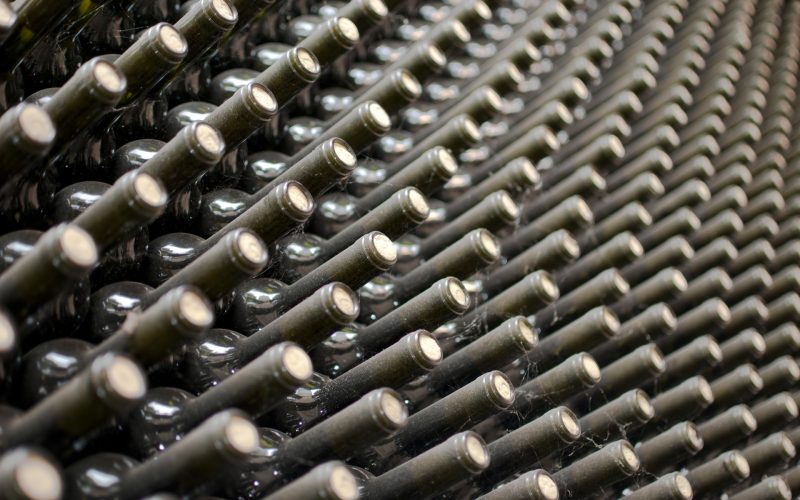There are so many ways of winemaking!!!! None of them is better or worse, all of them are valid to obtain great wines. It goes without saying that the purpose of this post is not to provide a technical explanation of winemaking, but simply to point out that the process of converting must into alcohol can be carried out using different techniques and that each one offers a different result.
Over time, each of the different wine regions has been using the system inherited from their ancestors, which usually coincides with the hallmark of an area. In most of them, barrels, in their different forms, have had a strong presence. Nowadays, however, more and more producers are seeking to prioritise fruit over wood.
The conversion of must into alcohol was historically carried out in amphorae and stone vats, then in cement vats, and nowadays in stainless steel tanks. With these systems, the expression of the fruit is ensured. In some places, fermentation is still carried out today in large barrels or used wooden vats, the amount of wood in which, due to size and wear and tear, is quite small.
It is in the ageing process that the use of oak barrels, whether French or American, has traditionally reigned supreme, impregnating a large part of the wines, especially in Spain, with vanilla, toasted, roasted and other tertiary aromas associated with wood.
Nowadays, in search of wine purity, more and more winemakers have reduced the use of barrels during ageing, especially those of the first years, as well as using innocuous tanks for fermentation, whether they are made of stainless steel, cement or amphorae.
The reality is that, over the years, producers have been obtaining higher quality wines. Chemical additives are a thing of the past and there is a growing awareness of the need to make wine in the most natural way possible. The progress of viticulture in the last two decades has been very important thanks to the respect for the terroir, the study of the land and the use of well understood technology. Because in the end, we must not forget that the important thing is that the landscape and the grape are reflected in the wine we are going to drink.
